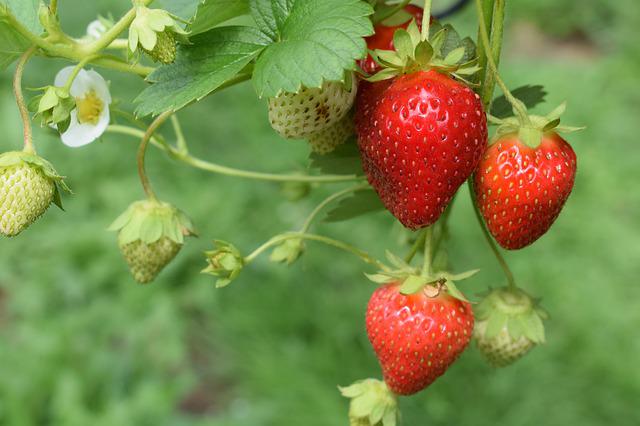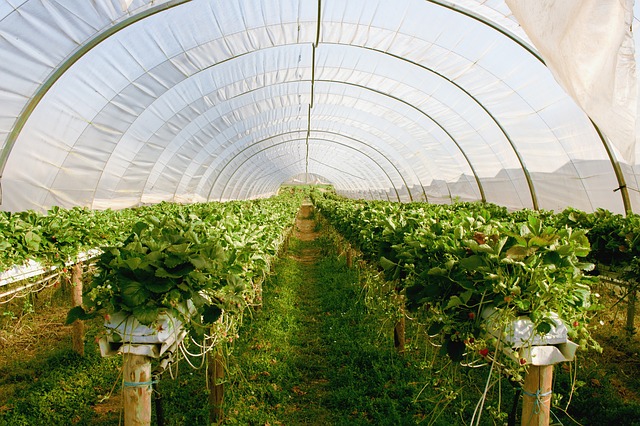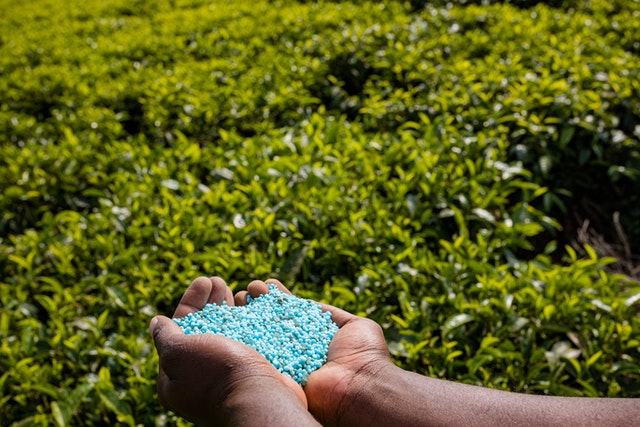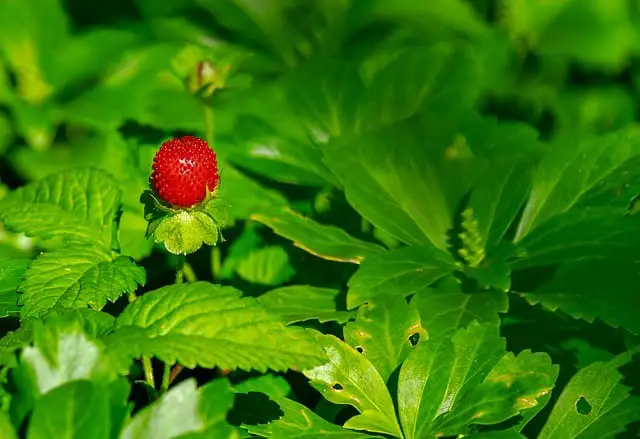Strawberry plants are readily available to home gardeners. However, your strawberry plant not flowering can be disturbing, and it’s vital to understand the cause of this abnormality.
Researching which strawberry plant to grow takes a lot of your time. Get them from your local nursery or mail order. When strawberries don’t flower after being planted at home, what does that mean?
One of the main reasons for a strawberry plant not flowering is not receiving enough sunlight, so it’s essential to ensure the plant is getting at least six hours of direct sunlight each day.
You could improve the soil conditions by adding compost or well-rotted manure to the soil and watering your plants as needed. Your only results are leaves healthy, green leaves, but no flowers. Keep reading this article to know more about the strawberry plant not flowering.
Strawberry Plant Not Flowering

A homegrown strawberry is always better than a store-bought one. The fruit is juicy, sweet, and full of flavor. Unfortunately, although many gardeners plant strawberry seeds in hopes of an abundant harvest of strawberries, they are often disappointed when their plants produce few to no flowers and, as a result, no strawberries.
Why do so many strawberry plants fail to flower? Plants are too young when they do not flower, which is why strawberry plants do not flower. Strawberry plants are perennials, so they focus most of their energy on root and leaf development rather than fruit production.
You should begin to see strawberries on your plant by the second year of growth. There may be another reason for the lack of flowers on your strawberry plant if it has passed its first year of growth. Many other factors can cause the lack of flowers.
This question requires understanding how plants grow, why they grow, and produce flowers and, ultimately, fruit. It is also necessary to determine what nutrients plants require to grow optimally.
Climate
Your strawberries should be grown in a suitable environment. Even though strawberries can thrive almost anywhere, they prefer specific conditions to flower properly. Strawberries, for example, choose organic soil with good drainage. For the healthy growth of strawberry plants, a pH level of between 5.5 and 7.0 is ideal.
Cool nights and warm days give your strawberries the best chance of growing well and producing juicy, plump strawberries. Also, if the temperature is too cold, any blossoms growing will be damaged. You will harvest little to no fruit if the temperature is too cold.
How These Plants Grow

Since strawberries are where you began, let’s focus on them. Plants grow in three ways: from seeds, root divisions, and runners. Strawberry seeds take a long time to grow, but you can start them from seed.
Strawberry plants can be propagated from runners easily to increase your crop size. However, let us suppose that we have already bought plants and planted them in soil. The roots spread and absorb nutrients in the next step, while the leaves convert sunlight into energy.
As a plant grows, it produces flowers that will eventually turn into fruit, in this case, strawberries. Upon pollination by insects, the fruits are formed. Animals and birds consume fruits and seeds, and plants are born when seeds are dispersed through excreta.
Mold (grey)
This fungal disease is the second reason your Strawberry plants are not flowering. Botrytis cinerea attacks the fruit and flowers of your plant, reducing yields significantly. For this reason, gray mold is considered the most destructive disease for strawberry plants.
The fungus is prevalent when prolonged wet and cool weather conditions during blooming and harvesting periods. In a few days, the berries will be covered in dusty gray spores, which are the spores of the fungus. There will also be soft and light brown rot on the berries.
Fertilization Inadequacies

Too much or too little fertilizer can kill strawberry plants, just as it does with water. Therefore, Strawberry plants must be provided with adequate nutrients to flourish.
Compost and other organic materials are thus beneficial to the growth of strawberry plants since they increase the soil’s nutrient content. You also add excess nitrogen to the soil when too much fertilizer.
When the soil is too nitrogen-rich, strawberry plants will grow tall and thin. You will also see more foliage on the plants if there is too much nitrogen in the soil. There won’t be any flowers blooming, however.
You should reduce the nitrogen fertilizer you use if you notice your strawberry plants grow big but have no flowers. You can supplement the soil with phosphorus to combat excessive nitrogen.
Learn more from this category: Can Aloe Vera Survive Winter
Summary
So, why is the strawberries plant not flowering? There should be no deficiencies as long as it’s the right time of year for strawberry production and the plants are healthy. Strawberry plants, not flowering, are due primarily to over-fertilization.
Nitrogen fertilizer, in particular, is excessive. Nutrients create the ideal environmental conditions for plants to grow. If one nutrient is out of balance, whether it is too much or too little, it causes problems.
Frequently Asked Questions
Is strawberry blooming every year?
Strawberries are perennial plants – they go into dormancy in the winter and come back to life each spring.
How should I take care of my strawberry plants over the winter?
New growth can be stimulated for the following year’s crop by cutting back plants after they have finished fruiting. Moreover, doing so during the summer also gives them time to grow a bit of foliage for winter protection. For example, cut back June-bearing strawberries after being harvested in July.
What is the recommended frequency of watering strawberries?
Spritzing. Strawberry plants require regular watering, especially during the fruit-bearing season, when they require an average of 1-2 inches of water per day. Strawberry plants need to be watered using a drip or soaker hose placed at least two inches away from the plant.

Hey, I’m Lisa and I’ve been an avid gardener for over 30 years. I love writing, talking and living in the garden! Feel free to connect with me on my socials below

